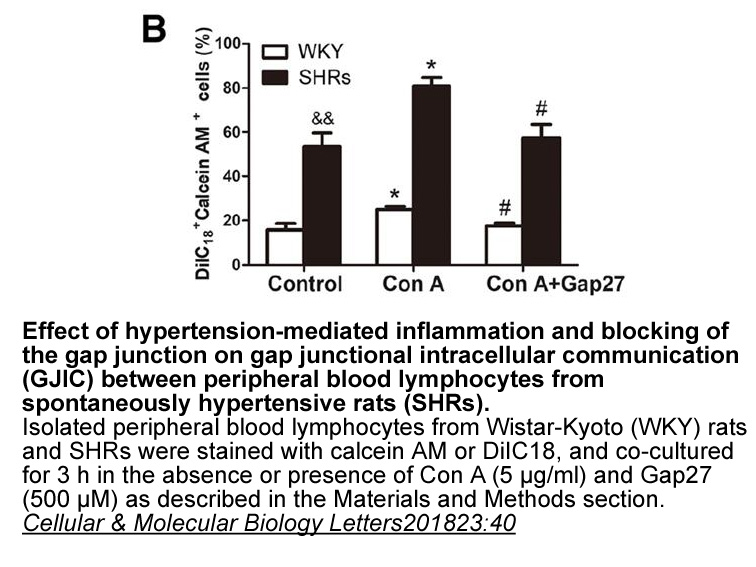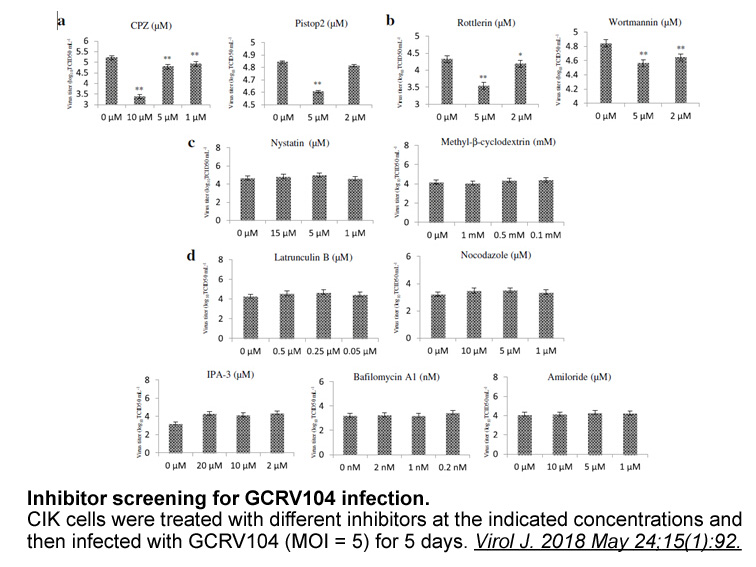Archives
- 2025-11
- 2025-10
- 2025-09
- 2025-03
- 2025-02
- 2025-01
- 2024-12
- 2024-11
- 2024-10
- 2024-09
- 2024-08
- 2024-07
- 2024-06
- 2024-05
- 2024-04
- 2024-03
- 2024-02
- 2024-01
- 2023-12
- 2023-11
- 2023-10
- 2023-09
- 2023-08
- 2023-06
- 2023-05
- 2023-04
- 2023-03
- 2023-02
- 2023-01
- 2022-12
- 2022-11
- 2022-10
- 2022-09
- 2022-08
- 2022-07
- 2022-06
- 2022-05
- 2022-04
- 2022-03
- 2022-02
- 2022-01
- 2021-12
- 2021-11
- 2021-10
- 2021-09
- 2021-08
- 2021-07
- 2021-06
- 2021-05
- 2021-04
- 2021-03
- 2021-02
- 2021-01
- 2020-12
- 2020-11
- 2020-10
- 2020-09
- 2020-08
- 2020-07
- 2020-06
- 2020-05
- 2020-04
- 2020-03
- 2020-02
- 2020-01
- 2019-12
- 2019-11
- 2019-10
- 2019-09
- 2019-08
- 2019-07
- 2019-06
- 2019-05
- 2019-04
- 2018-11
- 2018-10
-
G418 Sulfate (Geneticin, G-418): Mechanisms and Innovatio...
2025-10-01
Explore the advanced science behind G418 Sulfate (Geneticin, G-418) as a selective agent for the neomycin resistance gene. This article delivers an in-depth analysis of its molecular mechanisms, antiviral applications, and future directions in genetic engineering.
-
Precision Selection and Metabolic Engineering: G418 Sulfa...
2025-09-30
Translational researchers face mounting challenges in engineering robust, durable cellular models that faithfully recapitulate the dynamic complexity of immune responses, particularly in the context of antitumor immunity. Recent advances in immunometabolism, such as the elucidation of the CD28-ARS2 axis in driving PKM2 splicing and metabolic flexibility in CD8+ T cells, underscore the necessity of reliable genetic selection tools that enable precise manipulation of gene expression. This thought-leadership article synthesizes mechanistic insights, highlights recent breakthroughs, and offers strategic guidance for leveraging G418 Sulfate (Geneticin, G-418) as a cornerstone in advanced cellular engineering, with actionable perspectives for the translational community.
-
Biotin (Vitamin B7): Precision Tools for Dynamic Motor Pr...
2025-09-29
Explore the cutting-edge application of Biotin (Vitamin B7) as a water-soluble B-vitamin and biotin labeling reagent in the real-time study of motor protein dynamics. This article uniquely integrates advanced biochemical mechanisms with innovative research strategies, offering fresh perspectives beyond conventional biotinylation.
-
Ferrostatin-1 (Fer-1): Precision Inhibition of Ferroptosi...
2025-09-28
Explore how Ferrostatin-1, a potent selective ferroptosis inhibitor, is revolutionizing mechanistic studies in cancer biology, neurodegenerative disease, and ischemic injury models. This article offers advanced scientific insights into lipid peroxidation pathway targeting and showcases unique applications distinct from prior coverage.
-
N1-Methyl-Pseudouridine-5'-Triphosphate: Engineering RNA ...
2025-09-27
Explore the multifaceted role of N1-Methyl-Pseudouridine-5'-Triphosphate in RNA engineering, from stability enhancement to advanced applications in translation mechanism research. This article offers new perspectives on RNA secondary structure modification and RNA-protein interaction studies.
-
MG-132: Decoding Proteasome Inhibition for Epigenetic and...
2025-09-26
Explore the multifaceted scientific applications of MG-132, a potent cell-permeable proteasome inhibitor, in unraveling ubiquitin-proteasome system inhibition and its impact on epigenetic regulation, chromatin silencing, and genome stability. This article provides a uniquely integrative perspective linking apoptosis research with chromatin phase transitions and advanced cancer studies.
-
Cy5-UTP: Advanced Fluorescent RNA Labeling for RNP Traffi...
2025-09-25
Discover how Cy5-UTP (Cyanine 5-uridine triphosphate) revolutionizes fluorescent RNA labeling for in vitro transcription and molecular biology. This article uniquely explores its mechanistic integration into axonal RNP trafficking research, offering novel scientific insights beyond current literature.
-
Bortezomib (PS-341): Targeting Proteasome-Mediated Metabo...
2025-09-24
Explore how Bortezomib (PS-341), a reversible proteasome inhibitor, uniquely enables research into proteasome-regulated cellular processes, metabolic vulnerabilities, and pyrimidine salvage pathway regulation in cancer. This article offers advanced insights distinct from prior content, integrating recent mechanistic findings for therapeutic innovation.
-
Nitrocefin in β-Lactamase Detection: Applications in Resi...
2025-09-23
Explore how Nitrocefin, a chromogenic cephalosporin substrate, advances β-lactamase detection and antibiotic resistance profiling in multidrug-resistant pathogens. This article provides rigorous insights into substrate selection, assay optimization, and emerging research directions.
-
Vorinostat and HDAC Inhibition: Bridging Epigenetic Modul...
2025-09-22
Explore how Vorinostat (SAHA), a potent HDAC inhibitor, orchestrates epigenetic modulation and intrinsic apoptotic pathway activation in cancer research. This article integrates recent mechanistic insights linking chromatin remodeling to mitochondria-driven cell death.
-
Selective FGFR1/2/3 Inhibition with BGJ398: Mechanistic I...
2025-09-19
Explore the mechanistic basis and research utility of BGJ398 (NVP-BGJ398), a highly selective FGFR inhibitor, in the study of FGFR-driven malignancies and signaling pat
-
MG-132 in Proteostasis: A Tool for Apoptosis and Cell Cyc...
2025-09-18
Explore how MG-132, a proteasome inhibitor peptide aldehyde, advances apoptosis assay and cell cycle arrest studies through pre
-
A limitation of the NIA AA recommendations was
2025-03-03

A limitation of the 2011 NIA-AA recommendations was that biomarkers were grouped into just two categories—amyloid and tau-related neurodegeneration. Tauopathy and neurodegeneration were placed into the same biomarker category. In persons with only AD, it is reasonable to assume that neurodegeneratio
-
We stimulated HNEpC cells with
2025-03-03

We stimulated HNEpC cells with LPS found that the secretion of inflammatory cytokines and the expression of AHR was increased significantly, and miR124 was reduced. It has been found that LPS as a foreign substance can bind to the TLR family of proteins to activate intracellular AHR signaling [[19],
-
The observation that vortioxetine blocks HT induced
2025-03-03

The observation that vortioxetine blocks 5-HT-induced currents in 5-HT3 receptor-expressing oocytes suggests that vortioxetine acts to functionally antagonize these receptors, and is in line with previously published data (Bang-Andersen et al., 2011). For example, Mørk et al. (2012) demonstrated tha